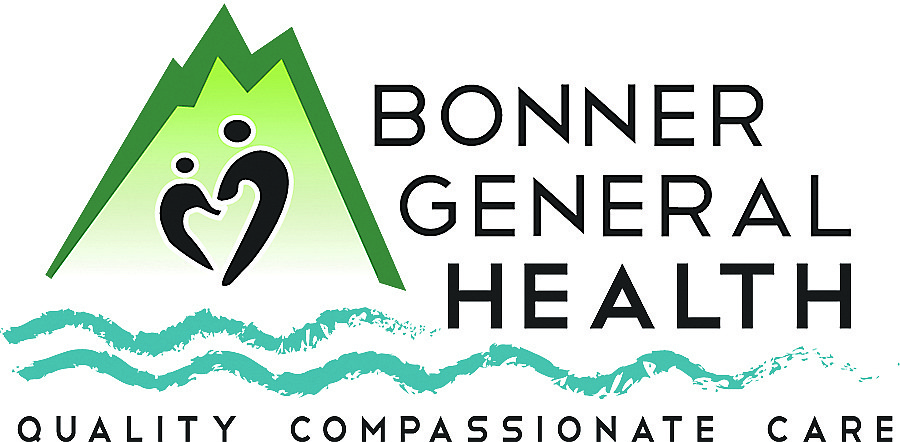Time to learn about sarcoidosis
KATHY HUBBARD Contributing Writer | Bonner County Daily Bee | UPDATED 3 years, 9 months AGO
The headline read, “This April, Celebrate Sarcoidosis Awareness Month.” I said, “What?” My first reaction was, what is sarcoidosis? And, my second was why would we celebrate it? Well, let’s take a look.
“Sarcoidosis is a disease characterized by the growth of tiny collections of inflammatory cells (granulomas) in any part of your body – most commonly the lungs and lymph nodes. But it can also affect the eyes, skin, heart and other organs,” Mayo Clinic explains.
Sarcoidosis is one of those rare, autoimmune diseases whose cause is unknown, but theories abound. It affects about 200,000 Americans each year. African-Americans and those whose ancestors were from northern Europe are most often affected, leading researchers to think there may be a genetic component.
“Some cases are thought to be triggered by an allergic reaction, an infection or exposure to chemicals in an otherwise healthy person,” Sarcoidosis News, whose article’s headline caught my attention, says. “That person’s immune system, in reacting to the infection or allergen, begins to inexplicably attack the body’s own tissues and organs.”
There is no cure. However, some people don’t even need treatment before the disease, well-ignored one presumes, goes away. But on the flip side, SN says that the granulomas “can become calcified or bone-like, and cause permanent damage.”
Mayo says that signs and symptoms will vary depending on which organ(s) are affected. The first signs of sarcoidosis are fatigue, swollen lymph nodes, weight loss, pain, and swelling in joints, such as the ankles. The most common organ affected is the lungs, and those symptoms add a persistent dry cough, shortness of breath, wheezing, and chest pain.
“Sarcoidosis may cause skin problems which may include a rash of red or reddish-purple bumps, usually located on the shins or ankles, which may be warm and tender to the touch,” Mayo says. Disfiguring sores (lesions) on the nose, cheeks, and ears; skin areas that are darker or lighter in color; growths under the skin (nodules), particularly around scars or tattoos, are also indications of the disease.
Mayo also says that sarcoidosis can affect the eyes without any symptoms, which is another good reason to get a regular eye check-up. “When eye signs and symptoms do occur, they may include blurred vision, eye pain, burning, itching or dry eyes, severe redness and sensitivity to light.”
Cardiac sarcoidosis can cause chest pains, shortness of breath, fainting, fatigue, irregular heartbeats, rapid or fluttering heartbeat, and swelling caused by excess fluid.
“Sarcoidosis can also affect calcium metabolism, the nervous system, the liver and spleen, muscles, bones and joints, the kidneys, lymph nodes, or any other organ,” Mayo says.
Long-term problems associated with sarcoidosis include permanent scarring in the lungs (pulmonary fibrosis), making breathing difficult and leading to pulmonary hypertension. Inflammation in the eye can cause damage to the retina and with it the possibility of blindness.
“Sarcoidosis can affect how your body handles calcium, which can lead to kidney stones and reduce kidney function, and cardiac sarcoidosis can result in granulomas in your heart that can disrupt heart rhythm, blood flow, and normal heart function,” Mayo says.
They also say that a small number of people develop problems with their central nervous system when granulomas form in the brain and spinal cord. “Inflammation in the facial nerves, for example, can cause facial paralysis,” they say.
Mayo says to see your primary care provider if you experience any of the above symptoms. SN says that it can take time to get a definitive diagnosis because symptoms can mimic other diseases.
“People with chronic sarcoidosis often have severe symptoms and so are more likely to be correctly diagnosed and given necessary treatment,” SN says. They also say that getting regular exercise, eating a healthy diet, and taking an over-the-counter non-steroidal anti-inflammatory drug (NSAIDs) may be all that’s needed.
“For more severe cases, immune-modulating therapies such as corticosteroids may be needed,” SN says. What didn’t they say? They didn’t say why we’re “celebrating” this disease. Well, at least we got the “awareness” part down.
Kathy Hubbard is a member of the Bonner General Health Foundation Advisory Council. She can be reached at kathyleehubbard@yahoo.com.





